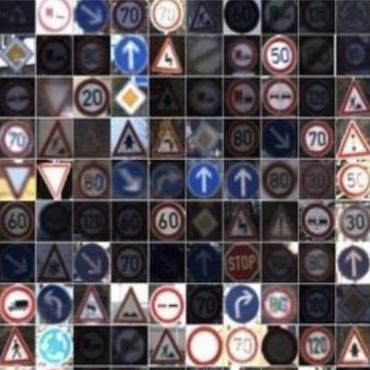Watch Out! Simple Horizontal Class Backdoors Can Trivially Evade Defenses
All current backdoor attacks on deep learning (DL) models fall under the category of a vertical class backdoor (VCB) -- class-dependent. In VCB attacks, any sample from a class activates the implanted backdoor when the secret trigger is present. Existing defense strategies overwhelmingly focus on countering VCB attacks, especially those that are source-class-agnostic. This narrow focus neglects the potential threat of other simpler yet general backdoor types, leading to false security implications. This study introduces a new, simple, and general type of backdoor attack coined as the horizontal class backdoor (HCB) that trivially breaches the class dependence characteristic of the VCB, bringing a fresh perspective to the community. HCB is now activated when the trigger is presented together with an innocuous feature, regardless of class. For example, the facial recognition model misclassifies a person who wears sunglasses with a smiling innocuous feature into the targeted person, such as an administrator, regardless of which person. The key is that these innocuous features are horizontally shared among classes but are only exhibited by partial samples per class. Extensive experiments on attacking performance across various tasks, including MNIST, facial recognition, traffic sign recognition, object detection, and medical diagnosis, confirm the high efficiency and effectiveness of the HCB. We rigorously evaluated the evasiveness of the HCB against a series of eleven representative countermeasures, including Fine-Pruning (RAID 18'), STRIP (ACSAC 19'), Neural Cleanse (Oakland 19'), ABS (CCS 19'), Februus (ACSAC 20'), NAD (ICLR 21'), MNTD (Oakland 21'), SCAn (USENIX SEC 21'), MOTH (Oakland 22'), Beatrix (NDSS 23'), and MM-BD (Oakland 24'). None of these countermeasures prove robustness, even when employing a simplistic trigger, such as a small and static white-square patch.
PDF Abstract




 CelebA
CelebA
 GTSRB
GTSRB